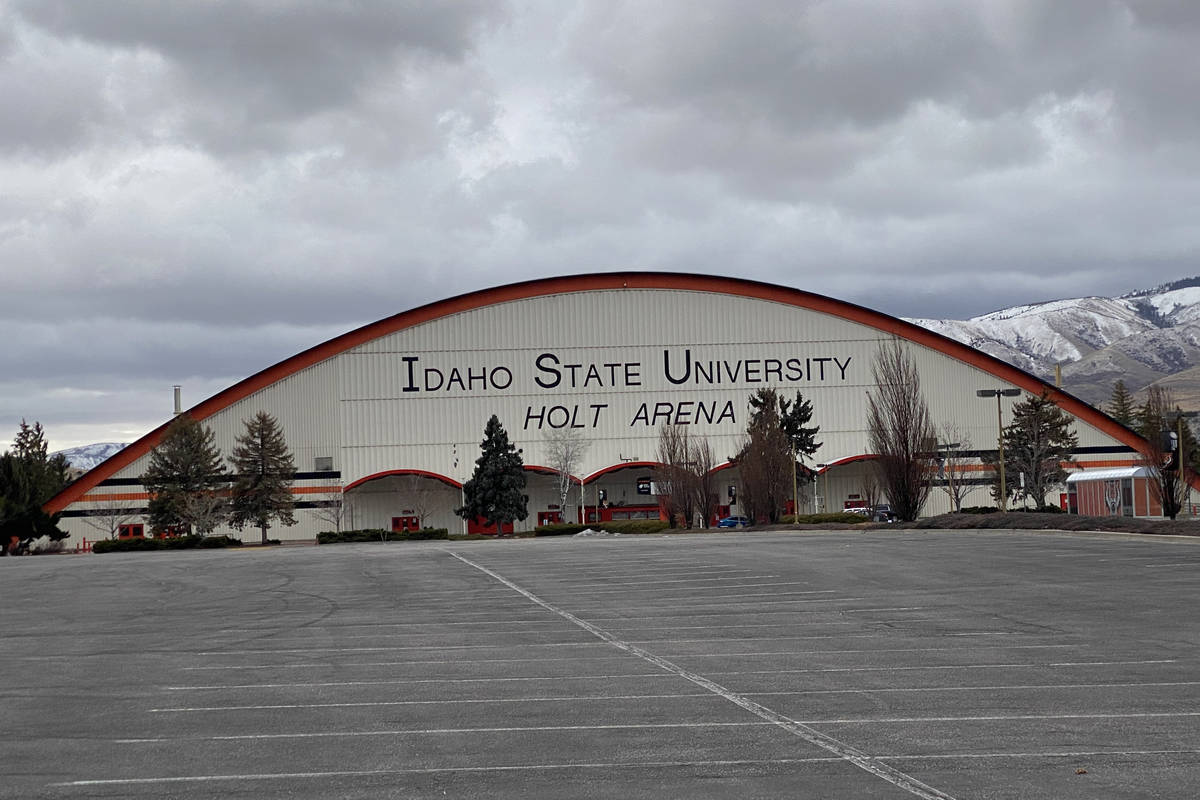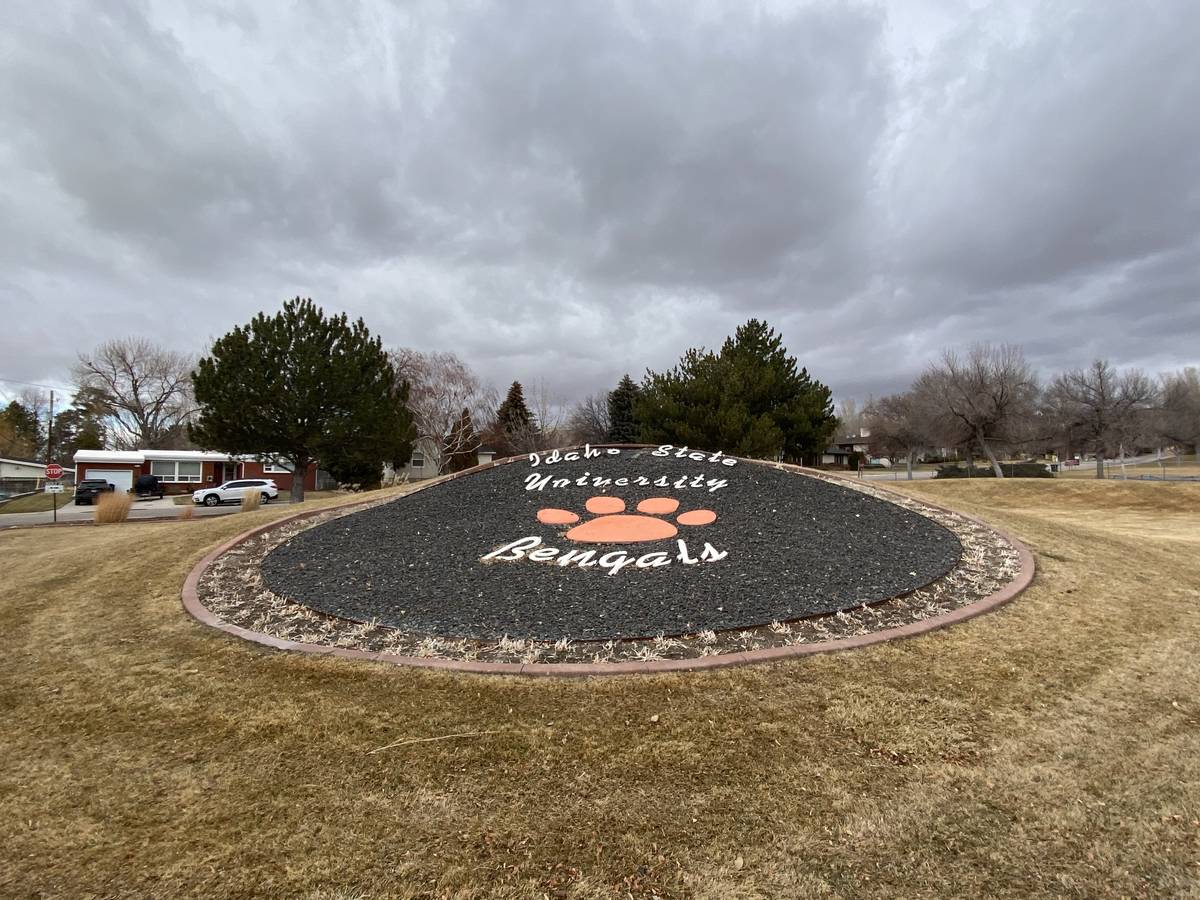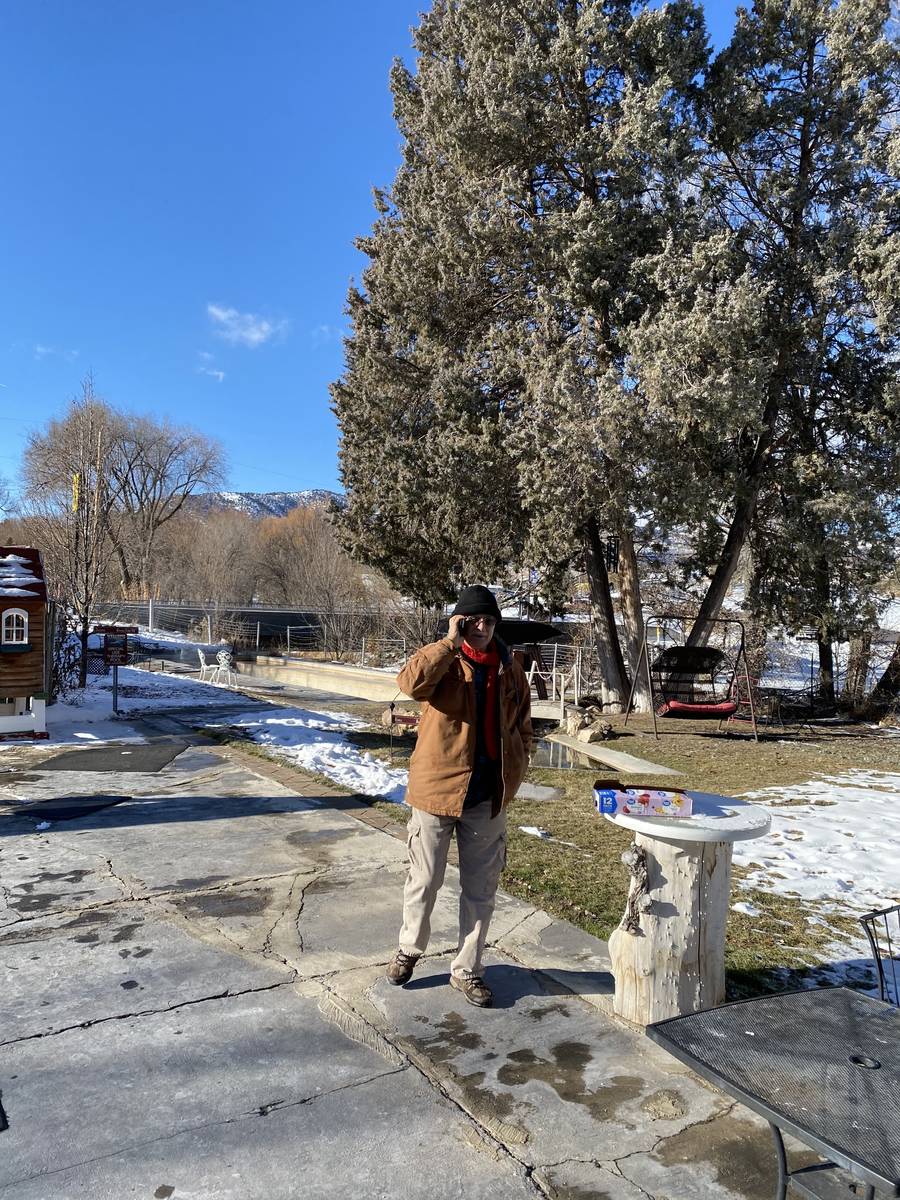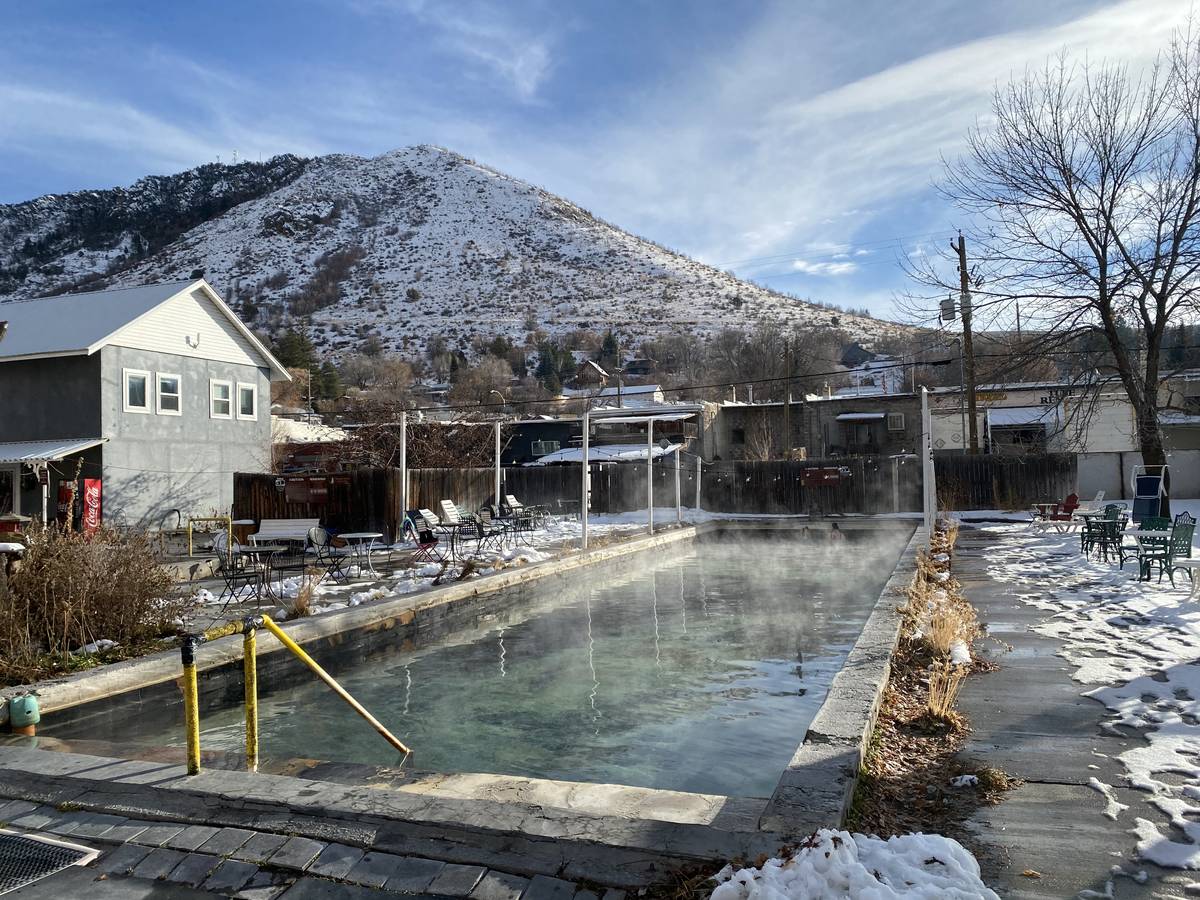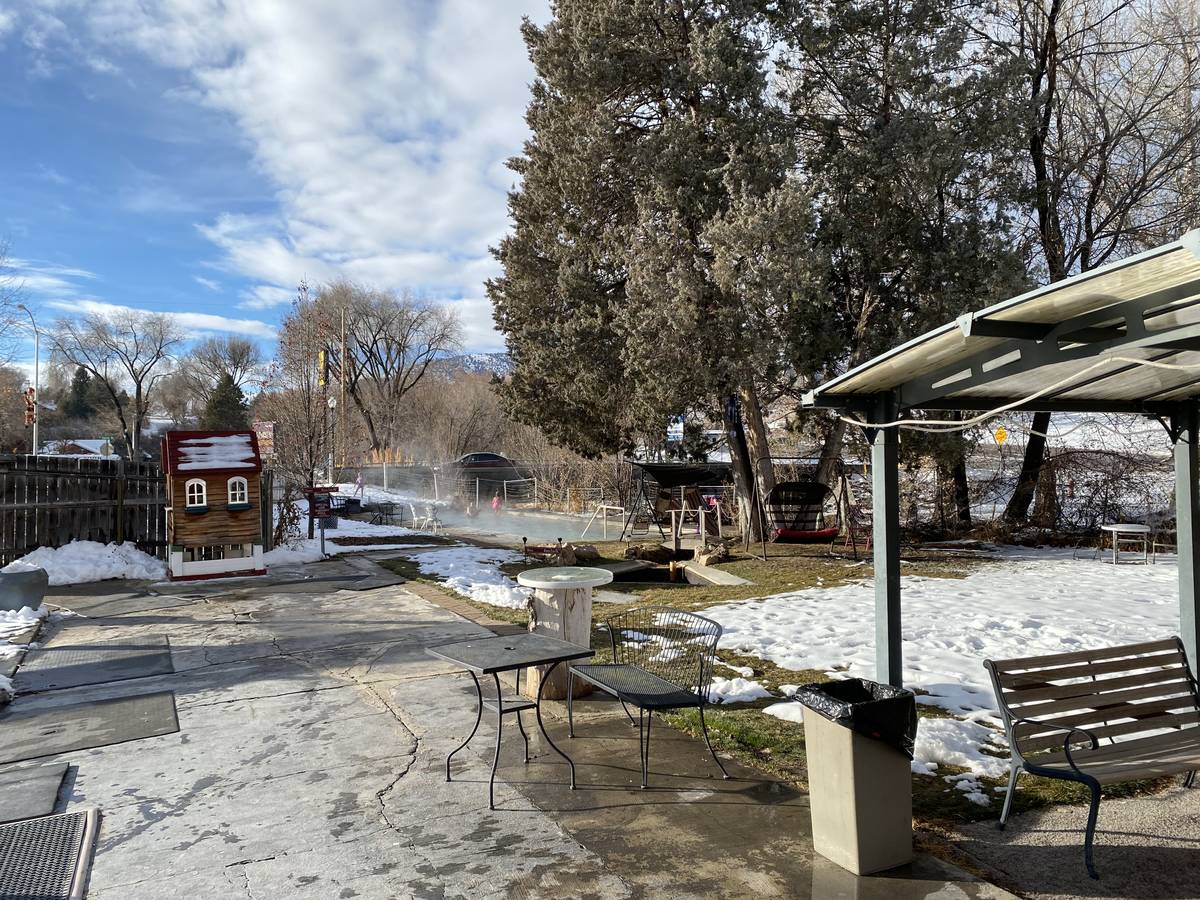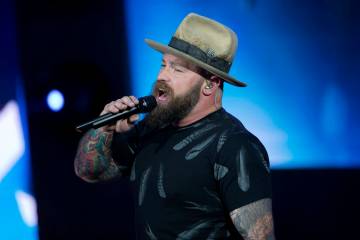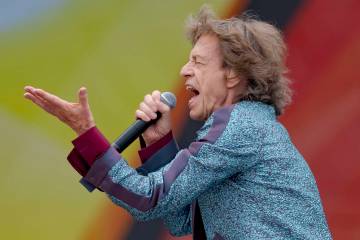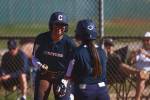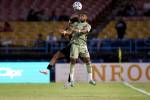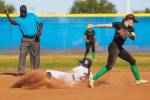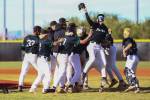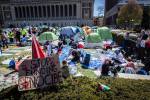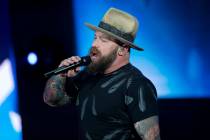Return to the Minidome sparks maximum memories
POCATELLO, Idaho. — A few days ago, while on my annual holiday trek to the Gem State, I called the Southern Idaho Public Health COVID Hotline.
I told the operator I was visiting from out of town, I was about to head to the famous Lava Hot Springs Inn, and I needed to know where to find the nearest drive-up testing site.
“Do you know where Holt Arena is?” she answered.
“Oh, yeah,” I said. I stopped before continuing, “I remember Holt Arena before it was Holt Arena.”
#TheScene ... From Holt Arena @ISUBengals (sorry for the winter wind) w/ updates from @LanceBurtonMM @mattgoss @CircaLasVegas @PlazaLasVegas @CBS and more ... #RJNow #KATS @reviewjournal pic.twitter.com/WtIvVoyOiI
— John Katsilometes (@johnnykats) December 22, 2020
That would be something my grandfather would say. In one of my earliest memories of life, Grandpa Johnny walked my brother and I past the construction site of what would become the Associated Students of Idaho State University Minidome, today’s Holt Arena, later named for the late athletic director Milton “Dubby” Holt.
In that field trip so long ago, we watched as workers poured concrete into a big crater, and my grandfather explained, “Someday, they’re going to play football here.”
I remember thinking it would be impossible to play a football game in this mess. But for a 4-year-old kid, it sure looked like fun. The project blossomed, of course, and the multi-use Minidome opened months later, in September 1970. (Impress your friends, or not, by knowing that ISU’s football team beat the University of Idaho 28-14 in the first football game ever at the Minidome).
At the time, there was no other facility like this venue, which, intentionally or not, looked like a giant potato cellar. We’d heard, years later, members of the design team of the Syracuse Carrier Dome checked out our Minidome for ideas on their own facility.
My brother, Bill, and I spent a lot of time in this fortress, including before it was actually built. We were ball boys for the ISU basketball team for several seasons. The hardwood floor was placed in the middle of the football field’s AstroTurf, which had bleachers ringing the court, then fans sprinkled in the bucket, football seats on either side.
It was not a very good fans’ experience, as most of the crowd was miles from the action, but Bill and I had great seats on either baseline and were allowed to shoot baskets at halftime. We were kind of like the halftime show, or at least a side show. Whenever we made a basket (especially Bill, who a mere pup in those days) the crowd cheered.
We found a way into the Minidome during off-hours. A friend of the family, place kicker named Ricardo Restrepo, recruited Bill and I to shag balls as he kicked field goals. Ricardo had a big leg, and the arena had not yet installed nets to intercept the balls as they sailed through the goal posts.
A gray-foam insulation had just been installed, and pieces fell to the turf as Ricardo’s attempts slammed into the walls. I remember later overhearing an ISU official say, during a Bengal football game, say, “We’ve got a real problem with insulation all over the west end zone.”
The Minidome was also a regional concert destination. In a coincidental text conversation last week with Billy F. Gibbons, I remembered ZZ Top playing the arena in October 1976. As the Idaho State Journal reported, the band produced “probably the most sound from a trio since the Jimi Hendrix Experience.”
Such headliners of the day as Chicago, Three Dog Night, The Fifth Dimension, Earth Wind & Fire, Bob Dylan, Johnny Cash, Bill Cosby, Bob Hope, Fleetwood Mac, Rush, Van Halen, Neil Sedaka and Seals & Crofts played the 12,000-seat venue. I remember my parents regaling us with their experiences, how Marilyn McCoo and Billy Davis Jr. waded into the crowd for a dance party, how Three Dog Night had the crowd howling along to their hits, and that Chicago was about the loudest show they’d ever seen.
I actually saw the Sedaka show, my first concert, when I was 11. About three years ago, I finally met Sedaka at Orleans Showroom.
“This is the second time I’ve seen you perform,” I said. “I also saw you play the Minidome in Pocatello, Idaho in 1977.”
“No, you didn’t,” Sedaka said, laughing, refusing to accept this anecdote.
But the Minidome was at its busiest when it was home to the ISU Bengal basketball program, which was was very good in the mid-t0-late 1970s. ISU not only competed with, but often beat, marquee schools from more famous conferences. The Bengals whipped Cal, they knocked off BYU led by Danny Ainge, and took Darrel Griffith’s powerhouse Louisville Cardinals to overtime.
Bill and I were assigned as ball boys through our family’s connection to, and support of, ISU athletics. Dad was the president of the Bengal Booster Club. We were especially close to men’s basketball coach Jim Killingsworth. We entertained many of his recruits at our house, for lunch or dinner or to just hang out.
We had cable television, which the guys loved. They introduced us to many new shows, such as “The Electric Company,” “American Bandstand” and “Soul Train,” watching these TV shows and dancing around with these giant athletes from ISU.
One of the stars from those days, a super talent from Cleveland and Pasadena City College named Greg Griffin, encouraged us to learn “The Hustle.” And we did learn it. Greg was impressed. It’s just, there’s really nowhere to take “The Hustle” as a kid in Pocatello.
The 1976-77 ISU basketball team was the greatest in school history, beating No. 2-ranked UCLA in Salt Lake City to reach the NCAA Tournament’s Elite Eight. There, Killingsworth, or “Killer” as he was known, ran into UNLV and his good friend Jerry Tarkanian. The two held a great mutual respect, and Tark had warned the Runnin’ Rebels that ISU had a host of topnotch players (four of whom were NBA draft picks) and a superb coach ready for that game.
True, the Bengals actually led by six points at the half, but were “run out of the building” in the second half, as Killingsworth later said. I remember asking the coach a very “kid” question about that UNLV team, “Are they better than the Harlem Globetrotters?”
Killer gave me this bemused grin and said, “I think so.”
These days flooded back as I waited for my COVID test at the north entrance of Holt Arena. A guy in full PPE came to the car for my swab, the grown-up pandemic requirement snapping me back to reality. A furious gust kicked up, quick and cold, and he said, “The wind is brutal today. It gets bad here.”
I started the car and looked again at the big Holt Arena sign, remembering the big ol’ potato cellar. The fortress is from another time and place. But I keep the memories with me, always, right in my pocket.
John Katsilometes’ column runs daily in the A section. His “PodKats!” podcast can be found at reviewjournal.com/podcasts. Contact him at jkatsilometes@reviewjournal.com. Follow @johnnykats on Twitter, @JohnnyKats1 on Instagram.



